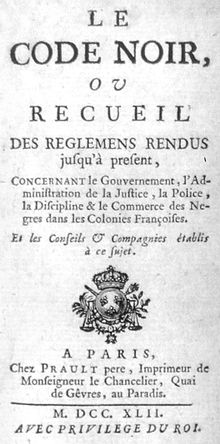The Long Shadow of the Civil War: Southern Dissent and Its Legacies [Book Review]
Civil War Book Review
Summer 2010
Michael Perman, Professor of History and Research Professor of Humanities
University of Illinois, Chicago
Family and Dissent in the South during and after the Civil War
Bynum, Victoria E. The Long Shadow of the Civil War: Southern Dissent and Its Legacies. Chapel Hill: University of North Carolina Press, 2010.
Victoria Bynum’s new book expands on her 2002 study, The Free State of Jones: Mississippi’s Longest Civil War, because it supplements the resistance against the Confederate government in southern Mississippi with two other similar revolts, one in east Texas and the other in central North Carolina. The outcome is not a longer book but a very compact volume of just 148 pages of text that presents, to a wider audience than most scholarly monographs, the little-known story of this local opposition to the Confederacy. Bynum then proceeds to show that, after the war, these same three pockets of resistance generated a pattern of dissidence that continued throughout the last decades of the nineteenth century and into the twentieth. This “long shadow of the Civil War” consisted of a tradition of dissent that passed through several generations within the families and communities that were involved in these three initial anti-Confederate insurgencies.
…The people who engaged in these overt acts of resistance were, according to Bynum, non-slaveholding farmers who lived outside the plantation areas of their states and who increasingly resented the conflict as “a rich man’s war and a poor man’s fight” that was also perceived as “a slaveowners’ war and a non-slaveowners’ fight.” Moreover, these rebels came from the same local communities and were even related to each other. As kinfolk, they banded together, with the women playing a major role in the resistance, protecting their families and communities from Confederate threats to their livelihood and shielding their male kin who were of draft-age. A third characteristic was their independent spirit and their nonconformist behavior. One of the most prominent of them, Newt Knight, lived openly with his racially-mixed family and their offspring, defiantly unconventional conduct that is described in some detail in the book’s sixth and final chapter…
…Victoria Bynum’s interest in Anna Knight is especially understandable, since one of her fields is women’s history and her first book was Unruly Women: The Politics of Social and Sexual Control in the Old South (1992). In fact, two chapters of the six in The Long Shadow of the Civil War focus on women, while a third deals with women and race. Chapter two emphasizes the part played by women, primarily in the Quaker Belt, within the resistance against the Confederacy. Not only did women support this dangerous defiance but they acted on their own in many aspects of it, in particular harboring deserters and encouraging their sons to refuse to enlist. Chapter six is about “The Women of the Knight Family” and it explores the very complicated and independent maneuvers that these mixed-race women employed to deal with the conventions of race and gender in the Jim Crow South. And lastly, chapter three examines the resistance in North Carolina’s Quaker Belt that was mounted during the post-war period of Reconstruction against the former Confederates and the Ku Klux Klan who were determined to remove the Republicans from control of their state and to restore the freedmen to the subordinate position they had endured as slaves. In this contest, black women in particular challenged attempts to control their autonomy especially their sexuality, even defending themselves in court, a remarkable development so soon after emancipation…
Read the entire review here.

